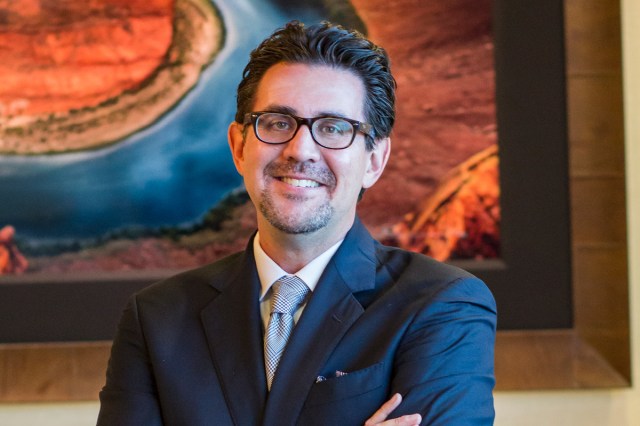
Why is it that Las Vegas attracts so much investment? The answer is simple. Forty-two million visitors will spend more than $34 billion in Las Vegas in 2018. Every one of those dollars is discretionary, and the intense competition to capture them drives innovation and investment.
We rebuild, and we rebrand; we construct the world’s largest hotels and then countless amenities and attractions designed to fill them. This investment, in turn, drives additional visitor spending. Some refer to this as a “virtuous cycle.” Others call it a unique form of American capitalism. In either case, Las Vegas is the only U.S. economy that evolved principally to host people, and adding new and better experiences is an essential element of attracting and retaining visitors.
Those additions result in literally billions of dollars being invested each year and have far-reaching economic benefits. Some we see, but most we don’t.
Not surprisingly, the biggest projects become front page news. Recently, this has included: the $4 billion Resorts World Las Vegas project; the 60-story, 4,000-room The Drew Las Vegas; The Madison Square Garden Company’s ambitious MSG Sphere venue; the $1.8 billion Raiders Stadium; and the $1.4 billion Las Vegas Convention Center renovation and expansion project.
Smaller, lower-profile projects rarely make the papers, but shouldn’t be overlooked. Consider that a typical hotel room needs to be refurbished about every seven years. With 147,000 rooms in the market, this means that as many as 20,000 hotel rooms are being remodeled every year. What about the investments in all of the new restaurants, bars and nightclubs? In 2018 alone, more than 20 notable restaurant openings are planned in major hotel properties, including Los Angeles-based chef Ricardo Zarate’s Once at the Grand Canal Shoppes, the $2 million Cipriani Las Vegas at Wynn, and San Francisco-based Charles Phan’s Slanted Door Vietnamese concept at Caesars’ Forum Shops. Further, there are countless smaller investments that are nearly impossible to see. These include everything from a retail kiosk startup at the Fashion Show Mall; to the routine turnover of taxis, buses, limos and shuttles; to new investments in sustainable water, wastewater and power technologies.
Big or small, these investments are all principally motivated by capturing some share of that same $34 billion of visitor spending. And it is an unsurprising economic reality that the bigger, better and more innovative concept has historically done just that. Stated otherwise, innovation drives spending and spending drives innovation.
Perhaps more important than what has motivated the investment historically is how we maintain it going forward. This community has the same 34 billion reasons to ensure that the region’s tourism-based economy remains strong and those investments continue. The industry employs more people and generates more wage and salary payments than any other by a wide margin, and taxes paid by visitors are a big reason Nevada has no corporate or personal income tax. Community investments in transportation infrastructure, public safety and the promotion of major events pay dividends that do not just add to our quality of life, they sustain our way of life.
Construction and investment will inevitably ebb and flow. But today, southern Nevada has more than $18 billion in projects planned, proposed or currently under construction. These, and countless smaller undertakings that fly under the radar, reflect optimism, innovation and entrepreneurial spirit. In other words, they reflect the very essence of our local economy.
Members of the editorial and news staff of the Las Vegas Review-Journal were not involved in the creation of this content.


